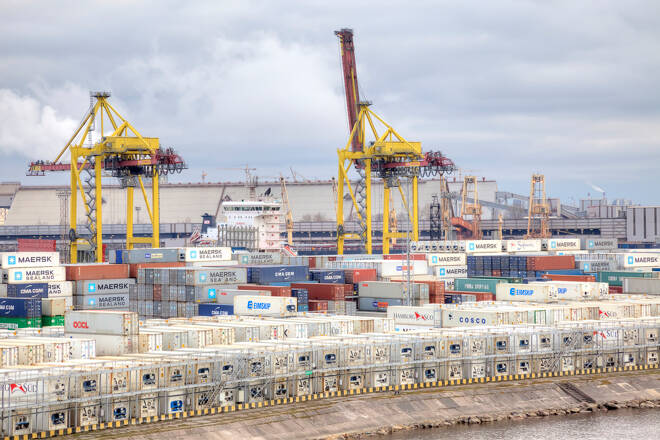Advertisement
Advertisement
China Caixin Manufacturing PMI Tumbles to 50.0 in March
By:
The China Caixin Manufacturing PMI fell to 50.0 in March to raise concerns over the economic outlook, with global demand weighing.
It was a testy start to the week, with the economic indicators from Australia and Japan raising red flags. However, stats from China remain the key driver as investors gauge the speed of the post-COVID zero policy economic recovery. This morning, the all-important Caixin Manufacturing PMI drew interest.
The NBS private sector PMIs for March impressed on Friday, setting the bar higher for the Caixin survey. In March, the Caixin Manufacturing PMI fell from 51.6 to 50.0. Economists forecasted an increase to 51.7.
According to the survey,
- A less marked rise in manufacturing production weighed on the headline PMI number, with client demand affecting production.
- Total new orders increased more slowly, with firms reporting sluggish overseas demand.
- New export business fell back into the decline, though the rate of decline was modest.
- Employment across the manufacturing sector fell in March, with firms reducing costs and deciding not to replace voluntary leavers.
- Input costs were unchanged in March, ending a five-month streak of rising costs. Firms attributed lower input costs to lower costs for some materials due to more supply.
- Average selling prices declined, with firms lowering prices to remain competitive.
- Despite the slide in the headline PMI, firms remained optimistic that output would pick up over the next 12 months.
AUD/USD Reaction to Caixin Manufacturing PMI
Ahead of the PMI numbers, the AUD/USD rose to a pre-stat high of $0.66872 before sliding to a low of $0.66509.
However, in response to the PMI numbers, the AUD/USD fell to a low of $0.66651 before rising to a post-stat high of $0.66735.
This morning, the AUD/USD was down 0.16% to $0.66732.
Next Up
Manufacturing PMI numbers from the euro area will influence market risk sentiment ahead of the US session.
Looking ahead to the US session, it is a relatively quiet day on the US economic calendar. The US manufacturing sector will be in focus, with the ISM Manufacturing PMI and sub-components likely to have more influence on the EUR/USD.
Investors should also monitor Fed chatter on monetary policy and the US economy.
About the Author
Bob Masonauthor
With over 28 years of experience in the financial industry, Bob has worked with various global rating agencies and multinational banks. Currently he is covering currencies, commodities, alternative asset classes and global equities, focusing mostly on European and Asian markets.
Advertisement
